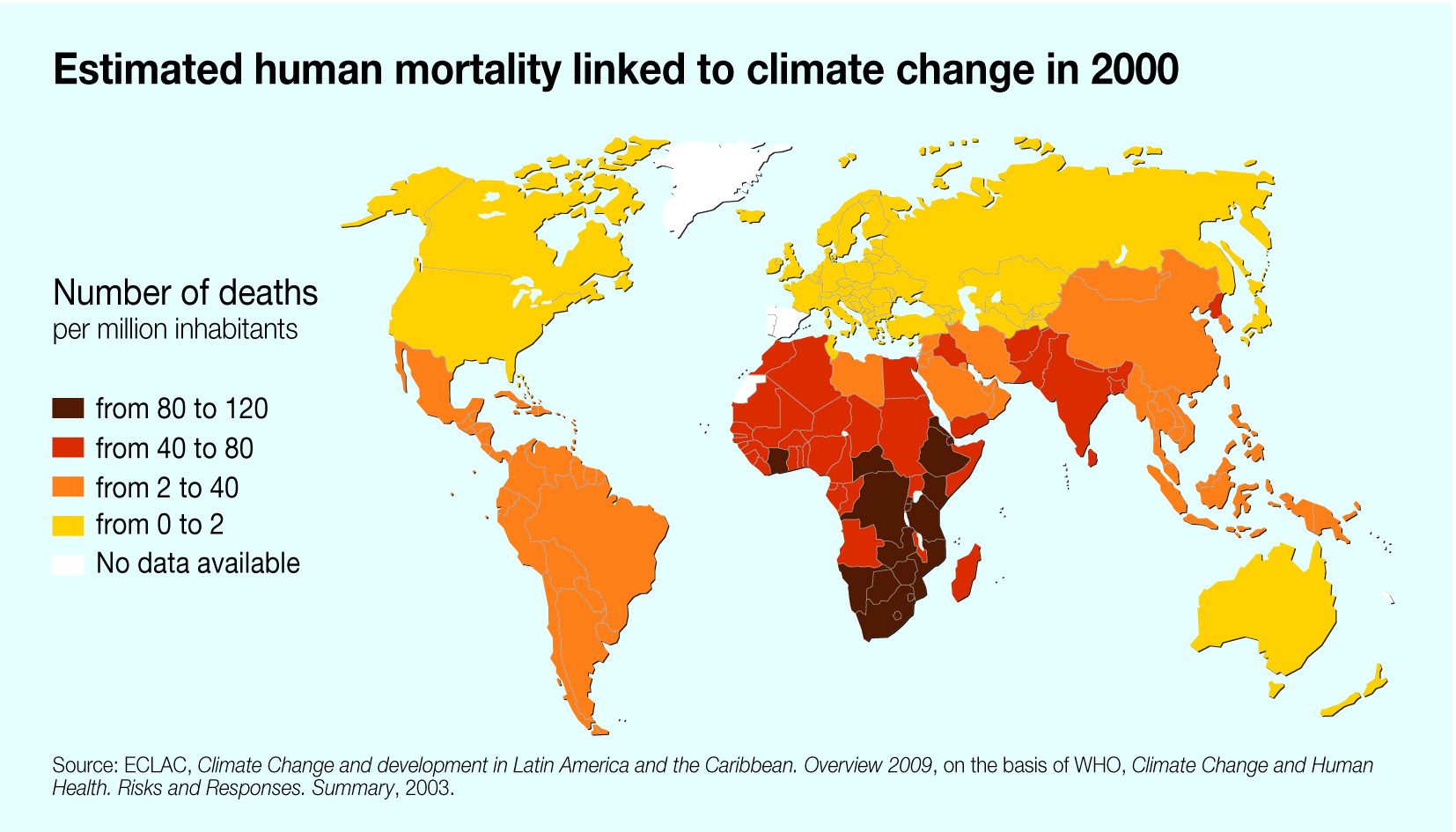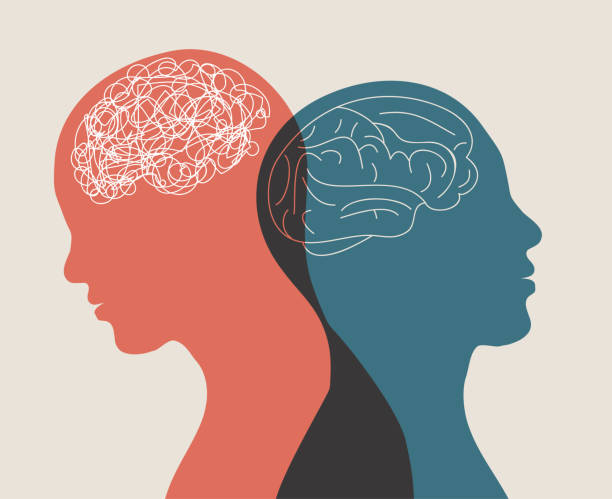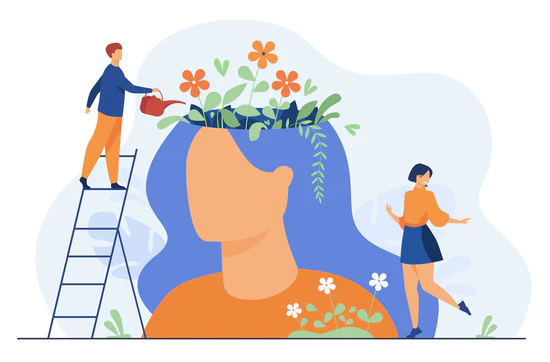Introduction
Solastalgia is the heartbreak of watching your home—the natural world—deteriorate before your eyes. Unlike nostalgia, which is longing for a place you left, it is the grief of staying while the place you love changes beyond recognition.
Coined by Australian philosopher Glenn Albrecht (2005), this term is becoming shockingly relevant in 2025, as floods, fires, and rising temperatures fuel an emotional toll we’re only beginning to measure. But what can we do about it? This article explores the crisis—and five empowering ways to turn that sorrow into strength.
Read More- Eco-Anxiety
What Is Solastalgia?
It is the distress that arises when your environment is altered in ways that affect your identity and sense of belonging. It’s a mix of grief, anxiety, and powerlessness—and it’s growing.
Solastalgia is the homesickness you feel while still at home. – Glenn Albrecht

The Global Faces of Solastalgia
Solastagia include the following-
- Australia’s fire-ravaged forests: Residents feel a loss not just of property, but of identity.
- India’s climate-hit rural communities: Farmers are emotionally disconnected from the land they once loved (Kumar et al., 2021).
- Urban youth worldwide: Suffering from eco-anxiety despite never having seen untouched nature.

How It Affects the Mind
According to Cunsolo & Ellis (2018), it activates parts of the brain associated with grief and trauma. It can lead to:
- Generalized anxiety
- Depression
- Feelings of guilt and helplessness
- Isolation due to lack of communal understanding
5 Powerful Coping Strategies
Some of the coping strategies include-
1. Acknowledge and Validate the Emotion
Pretending everything’s fine won’t help. Accept that this is real grief—and that grief is a normal response to loss.
2. Get Involved in Local Environmental Efforts
Action counteracts helplessness. From community gardens to coastal cleanups, reclaiming agency is therapeutic.
3. Connect with Others Who Feel the Same
Online eco-communities and activist groups provide validation and support. You’re not crazy—you’re awake.
4. Practice Eco-Mindfulness
Even short nature walks or mindfulness practices rooted in environmental appreciation reduce stress and build resilience.
5. Create Art or Storytelling Around Climate
Artistic expression transforms grief into a collective call for hope and change.
Conclusion
It may feel overwhelming, but it is also a call to action. By turning despair into dedication and sadness into stewardship, we not only heal ourselves—we also help the Earth. Your feelings are valid, and your actions matter.
References
Albrecht, G. (2005). Solastalgia: A new concept in human health and identity. Philosophy Activism Nature, 3, 41–55.
Cunsolo, A., & Ellis, N. R. (2018). Ecological grief as a mental health response to climate change-related loss. Nature Climate Change, 8(4), 275–281. https://doi.org/10.1038/s41558-018-0092-2
Kumar, P., Kumar, N., & Sarthi, P. P. (2021). Feeling solastalgia: A study of the effects of changing climate in rural India. ClimaHealth. https://climahealth.info/resource-library/feeling-solastalgia-a-study-of-the-effects-of-changing-climate-in-rural-india/
Subscribe to PsychUniverse
Get the latest updates and insights.
Join 2,997 other subscribers!
Niwlikar, B. A. (2025, May 5). Solastalgia and 5 Powerful and Important Ways to Cope with Climate Grief in 2025. PsychUniverse. https://psychuniverse.com/solastalgia/



